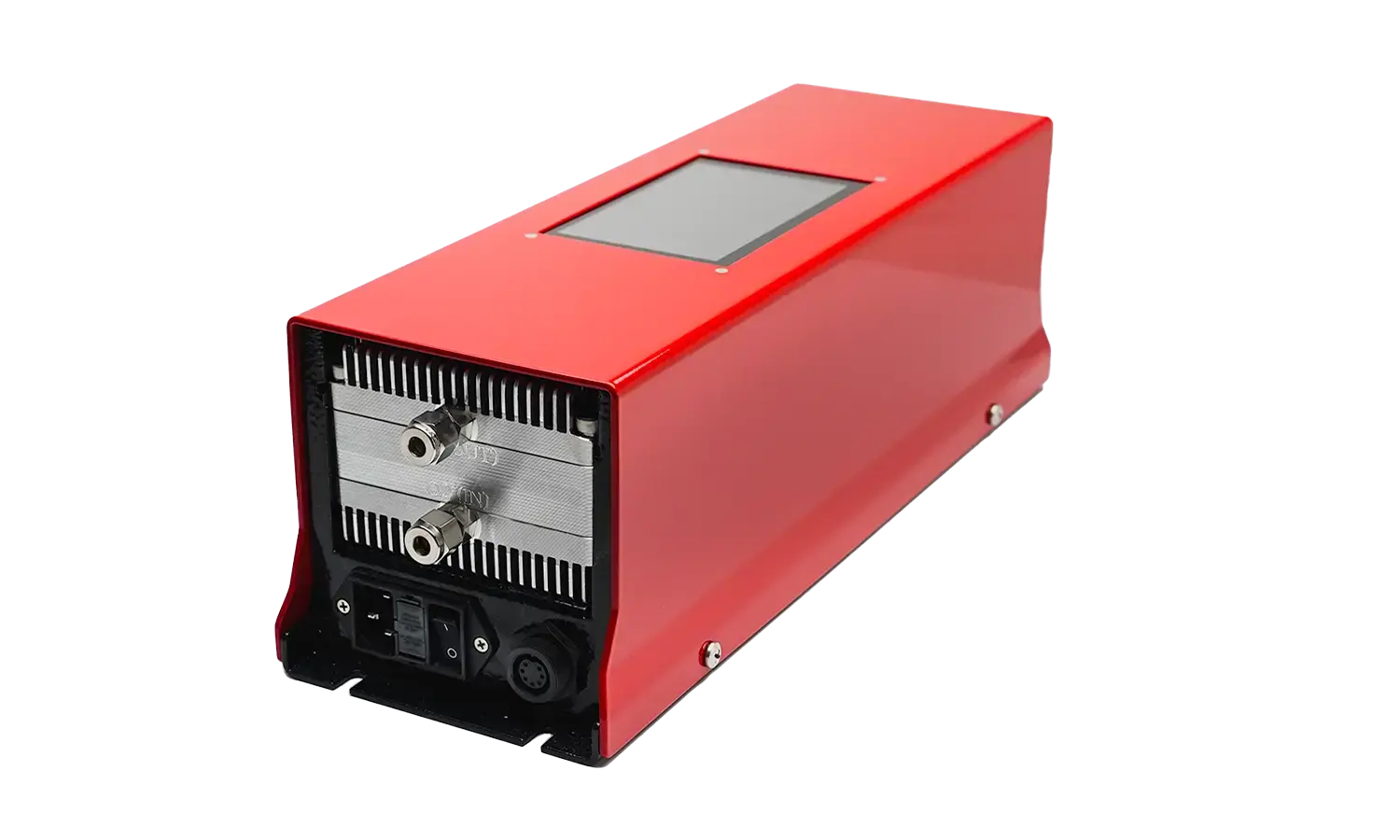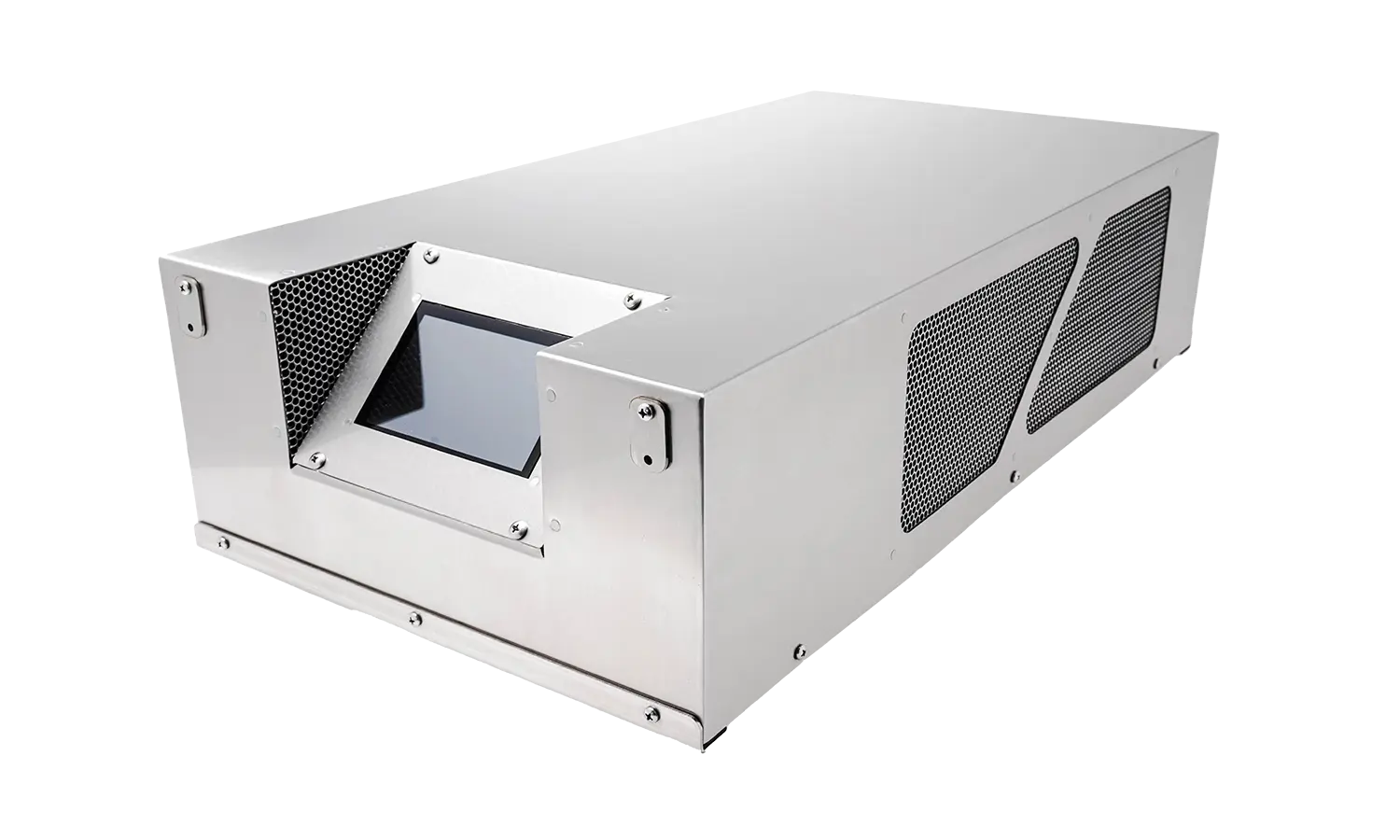Ozone Library
Ozone Resistant Materials
All the equipment and pipelines that are or will be in contact with ozone need to be made with an ozone-resistant material that can resist the penetrating and oxidizing activity of ozone. Ozone can cause materials to crack, become brittle, lose their strength, and suffer other forms of deterioration.
This is a short ozone material compatibility chart for the different ozone applications
Compatible materials:
Ozone gas:
- Glass, quartz
- Teflon (PTFE, PFA)
- Stainless steel (300 series)
- PP, PE
- Viton®
Ozone in water:
- Stainless steel (316 series)
- PVC
- Teflon (PTFE, PFA)
- Glass, Quartz
Gaskets, fittings & sealing Ozone Resistant Material:
Not all of the materials mentioned above can resist high ozone concentrations (>20%)
Materials that are NOT suitable for use in contact with ozone include:
- Natural Rubber
- Polybutadiene Rubber
- Polyurethane Foam
- PVC (Polyvinyl Chloride)
- Polystyrene Foam
For any material not shown, please get in touch with us
FAQ
What are ozone-resistant materials?
Ozone resistance refers to the ability of a material to resist the effects of exposure to ozone, a highly reactive form of oxygen. Ozone-resistant materials can withstand exposure to ozone without degrading or breaking down, making them more durable and long-lasting.
Is Teflon ozone resistant?
Yes, Teflon (polytetrafluoroethylene or PTFE) is ozone resistant. Teflon is known for its excellent resistance to ozone and other environmental factors such as heat, moisture, and chemicals.
Is plastic ozone resistant?
No, Plastics are not ozone-resistant materials. Ozone can break down plastic materials over time. Plastic materials can lose strength and other mechanical characteristics even a very low ozone levels. Additives may enhance the ozone resistance of some plastics. Elastomers and rubber are particularly vulnerable to ozone damage.
Does ozone destroy Rubber?
The answer to this question depends on the type of rubber, ozone concentration, and exposure time to ozone. Generally, most types of rubber are not resistant to ozone and can deteriorate over time when exposed to it.
Which rubber has ozone resistance?
Ozone-resistant rubber types include EPDM rubber, nitrile rubber, neoprene rubber, and silicone rubber. A rubber compound containing a high level of carbon black or another ozone-resistant additive will have better resistance to ozone.
Does ozone react with stainless steel?
Stainless steel is generally considered to be highly resistant to ozone material, but under certain conditions, it can undergo a reaction with ozone that can cause pitting and corrosion, especially in steels with high levels of chromium and nickel.
Is ozone corrosive?
Yes, ozone can be corrosive. As ozone reacts with a material’s surface, it produces oxidizing agents that attack the surface, causing corrosion. Ozone can also cause corrosion in materials that are already corroded or degraded, as it can accelerate the corrosion process.
What tubing is ozone resistant?
- Teflon Tubing: This type of tubing is made from a family of fluoropolymer synthetic polymers that are highly ozone resistant. is highly recommended for use with ozone gas
- Stainless steel (316 series): Stainless steel tubing made of 316 series is a common material used in wet ozone applications due to its excellent ozone resistance, strength, and durability.
- Silicone Tubing: This is a flexible tubing material that is commonly used in medical and food applications. Silicone is known for its high ozone resistance to ozone gas
Are seals damaged by ozone?
The degree to which seals are affected by ozone exposure depends on various factors such as ozone concentrations, temperature, humidity, and exposure time. Seals made of materials that are more resistant to ozone, such as Viton, bronze, or EPDM, are less likely to be damaged than those made of natural rubber or other less ozone-resistant materials.
To ensure that seals remain effective in ozone-rich environments, it is important to choose seals that are specifically designed for ozone resistance and to follow proper installation and maintenance procedures. This includes regular inspection and replacement of seals that show signs of wear or damage to ensure that they continue to perform their intended function.
Do I need an ozone-resistant pump for ozonated water?
Yes, Ozone-resistant pumps are designed to operate effectively in environments where exposure to ozone is a concern. These pumps are commonly used in applications such as water treatment, ozone swimming pools, and chemical processing, where ozone is used for water disinfection or other wet processes.
Materials ozone resistance chart
| Material | Rating |
|---|---|
| ABS plastic | Good |
| Acetal | Fair |
| Aluminum | Fair / poor |
| Brass | Good |
| Bronze | Good |
| Buna N(nitrile) | Poor |
| Carbon Steel | Fair |
| Cast Iron | Fair |
| Ceramic | Excellent |
| Chemraz (FFKM) | Good |
| Copper | Excellent |
| CPVC | Excellent |
| EPDM | Good |
| Flurocarbon (FKM) | Excellent |
| Hastelloy-C | Excellent |
| HDPE | Good |
| Hypalon | Excellent |
| Hytrel® | Fair |
| Kalrez | Excellent |
| Kel-F® | Excellent |
| LDPE | Fair |
| Natural rubber | Poor |
| Neoprene | Fair |
| NORYL® | Good |
| Nylon | Poor |
| Polycarbonate | Excellent |
| Polyetherether Ketone (PEEK) | Excellent |
| Polyethylene | Good |
| Polypropylene | Good |
| Polyurethane | Excellent |
| PTFE | Excellent |
| PVC | Good |
| PVDF (Kynar®) | Excellent |
| Silicone | Excellent |
| stainless steel – 304 | Good |
| stainless steel – 316 | Excellent |
| Titanium | Excellent |
| Tygon® | Good |
| Viton® | Excellent |





